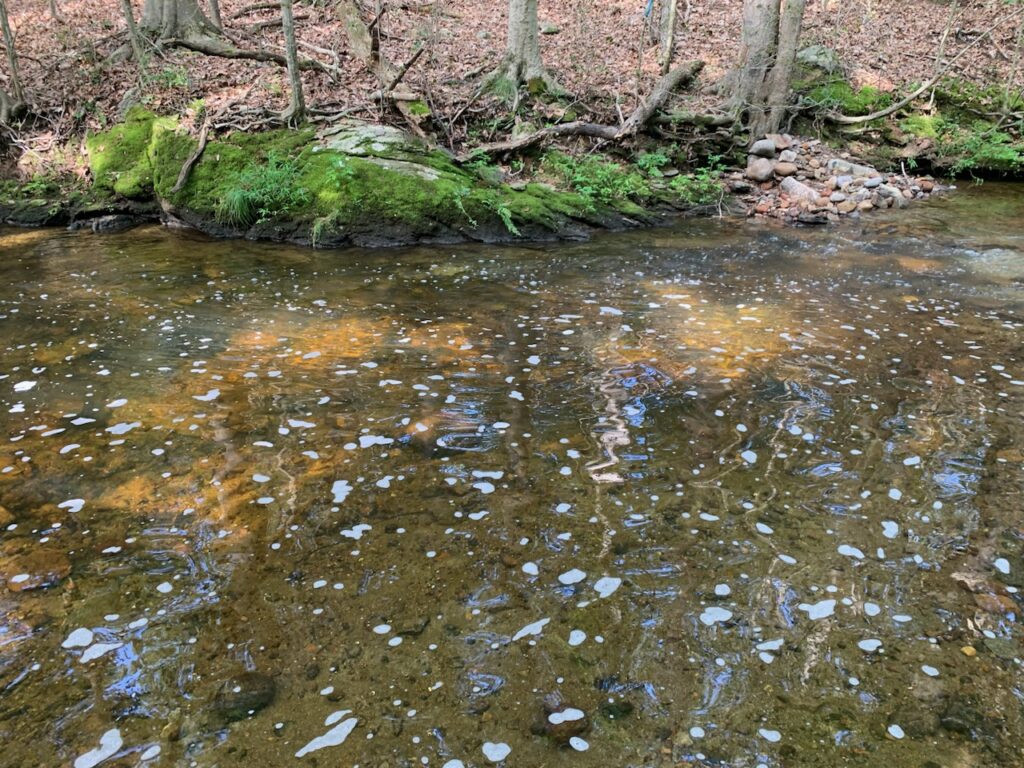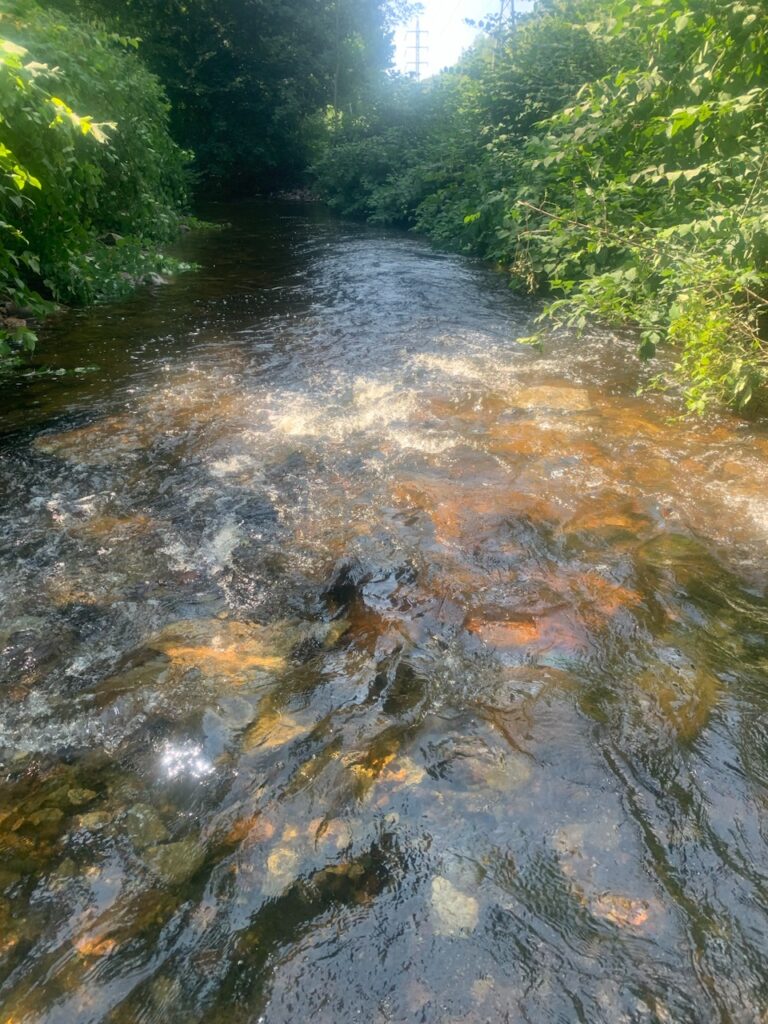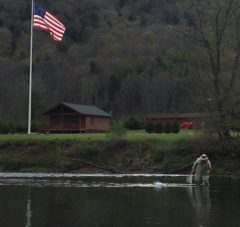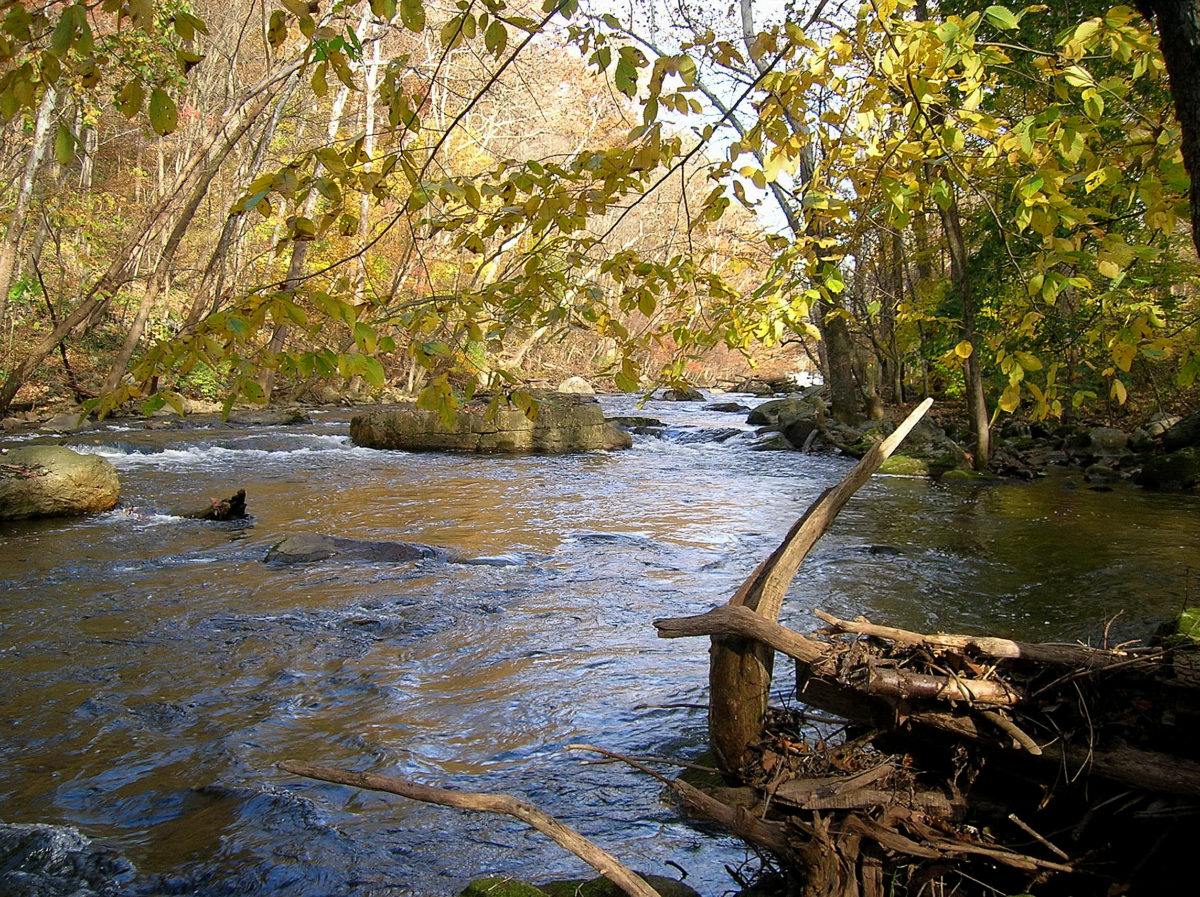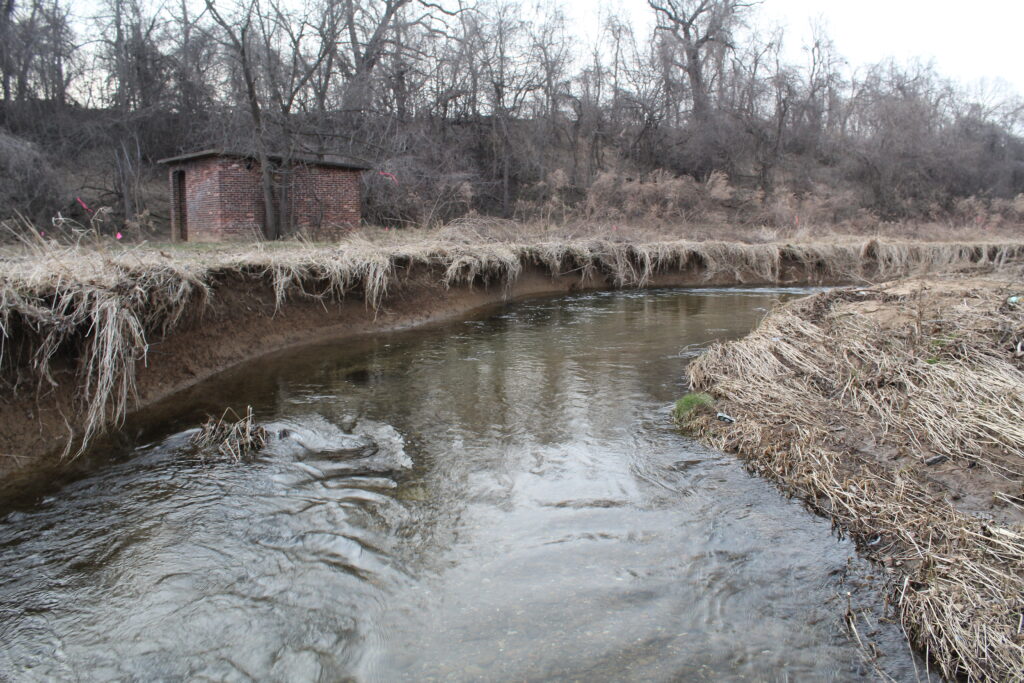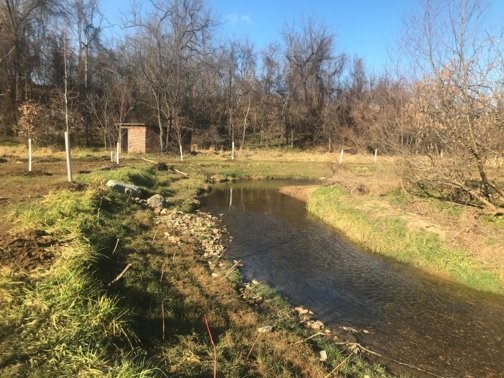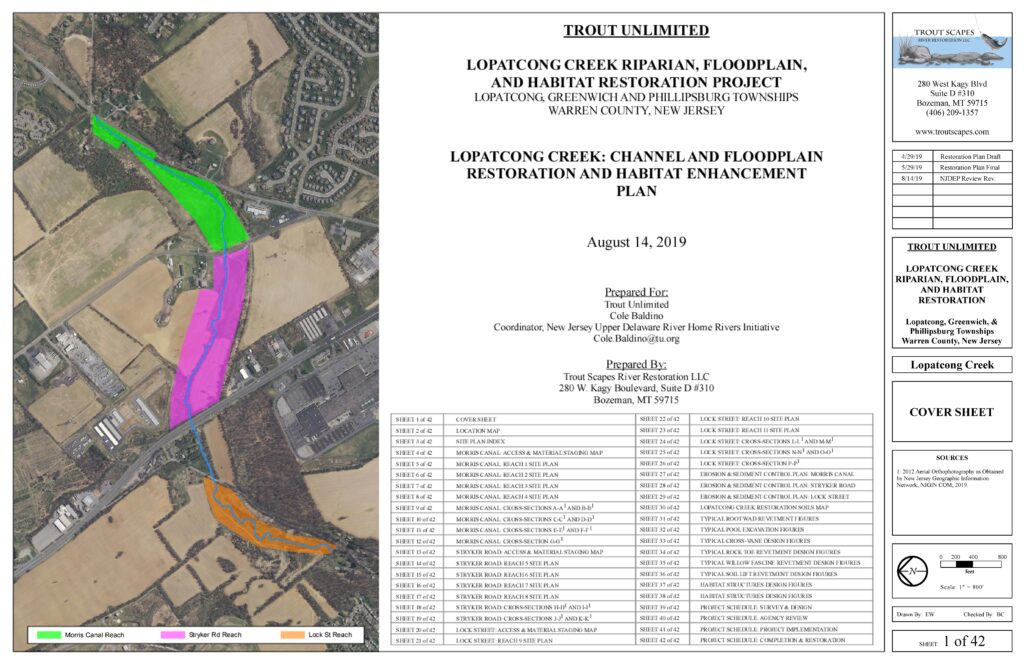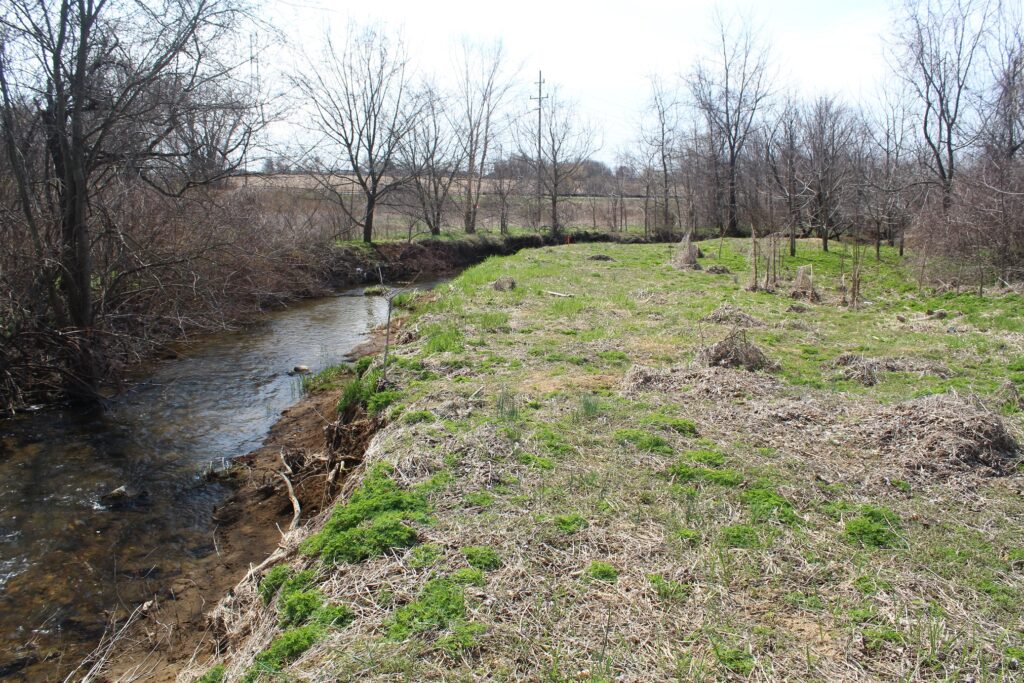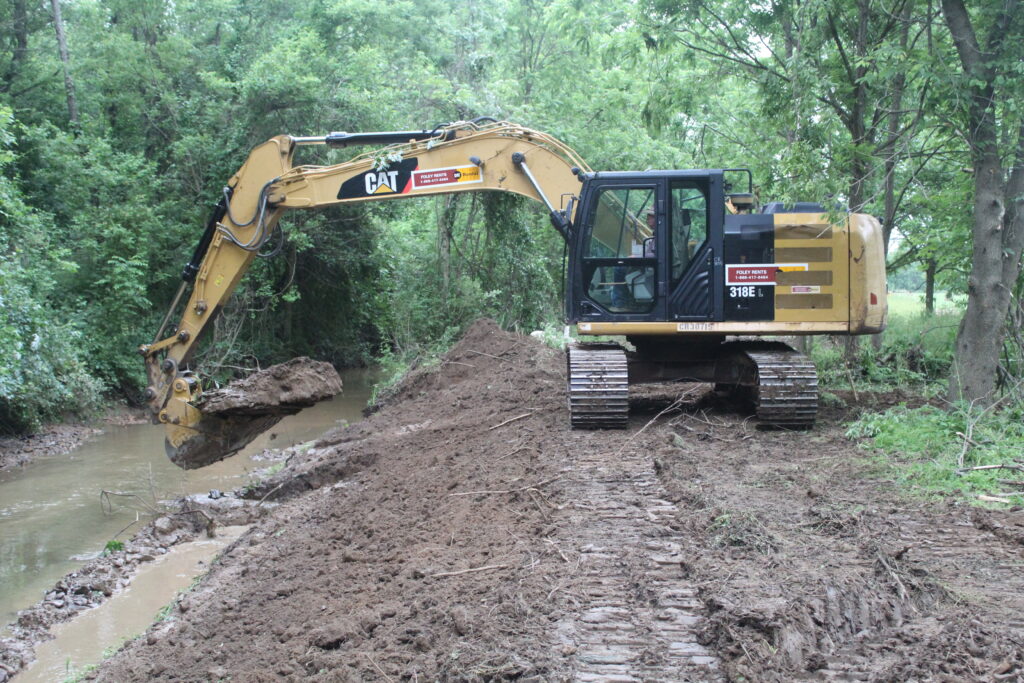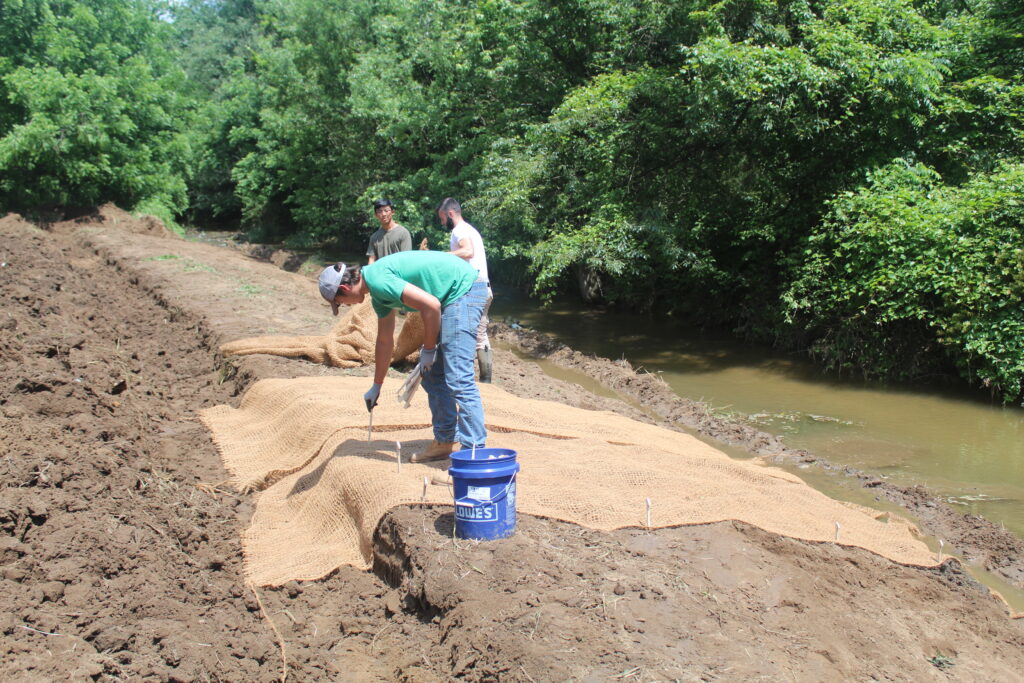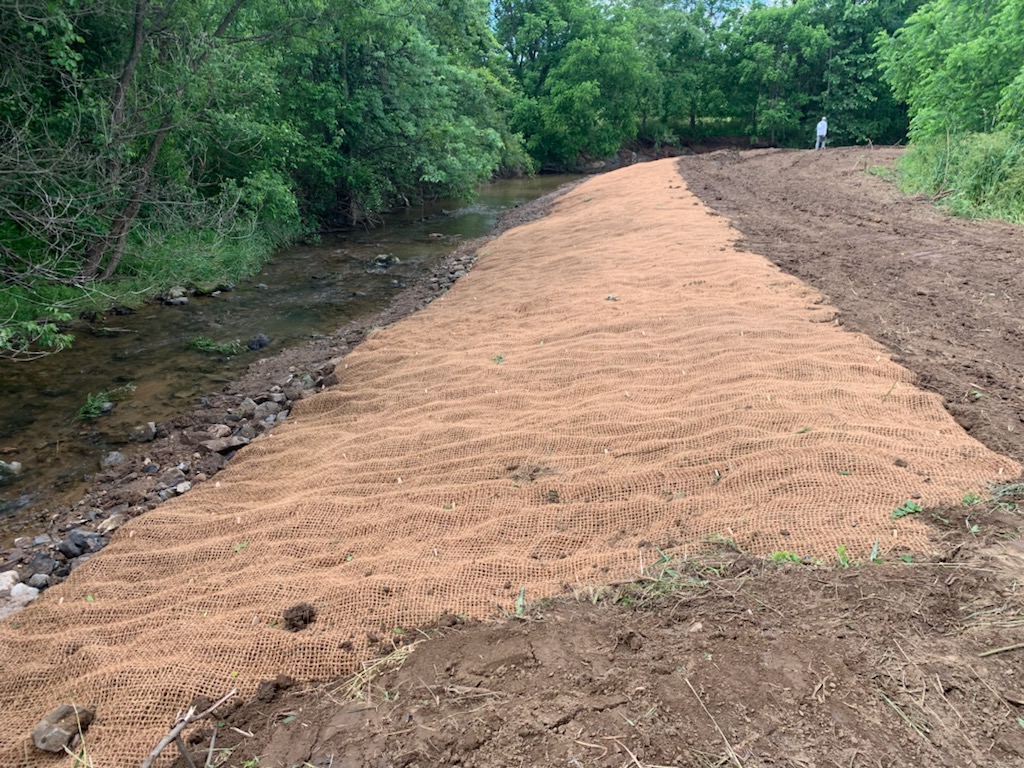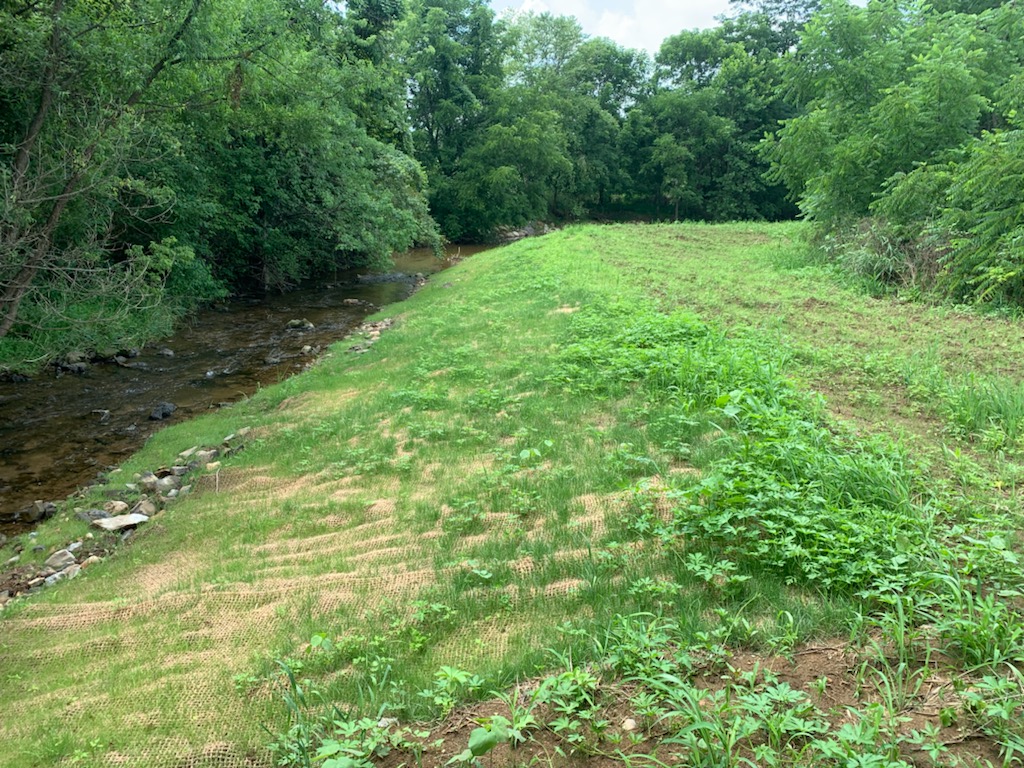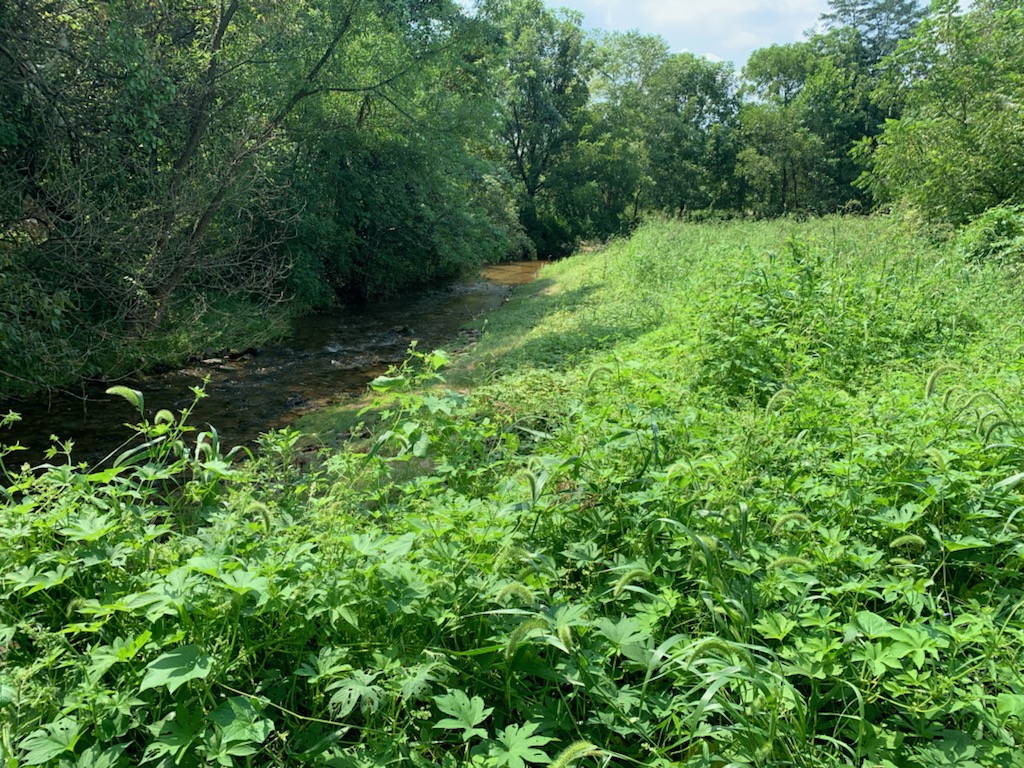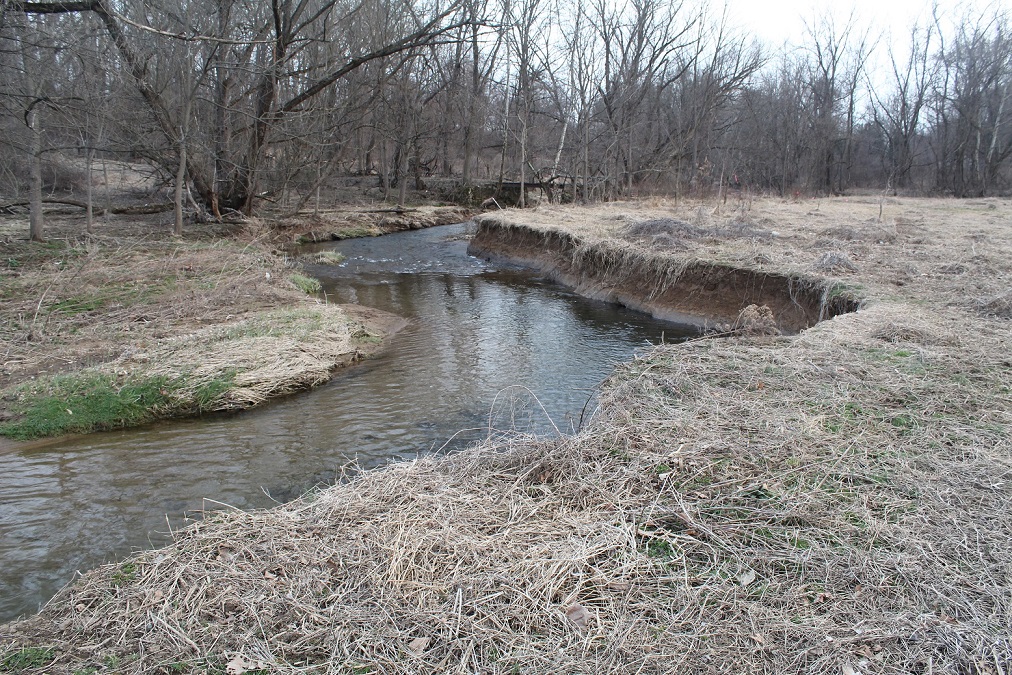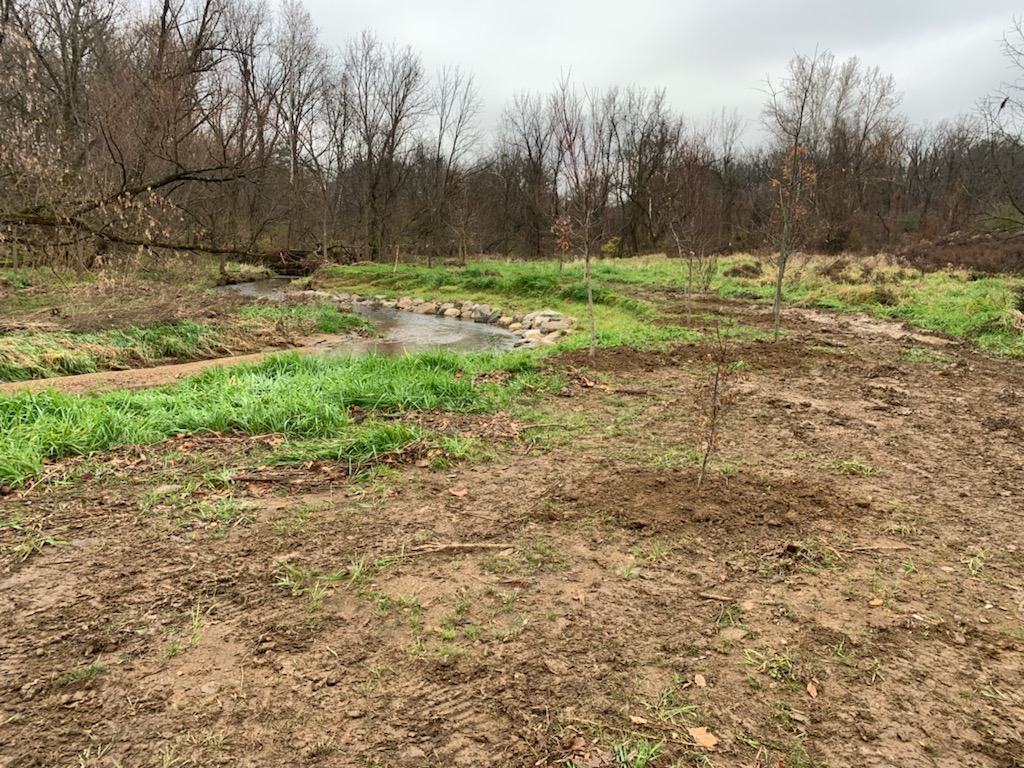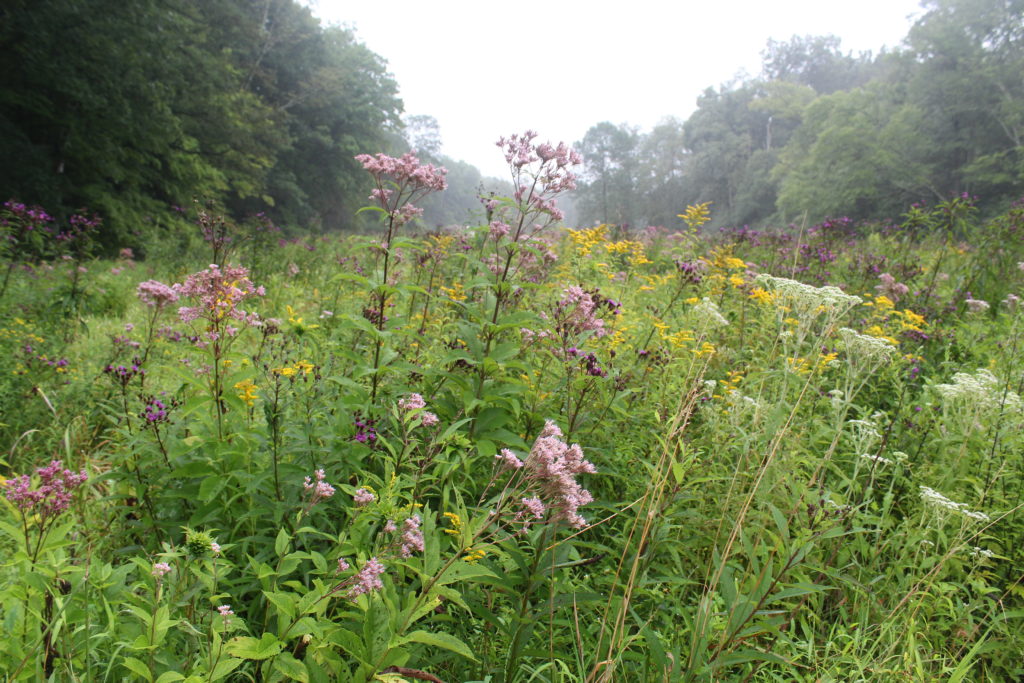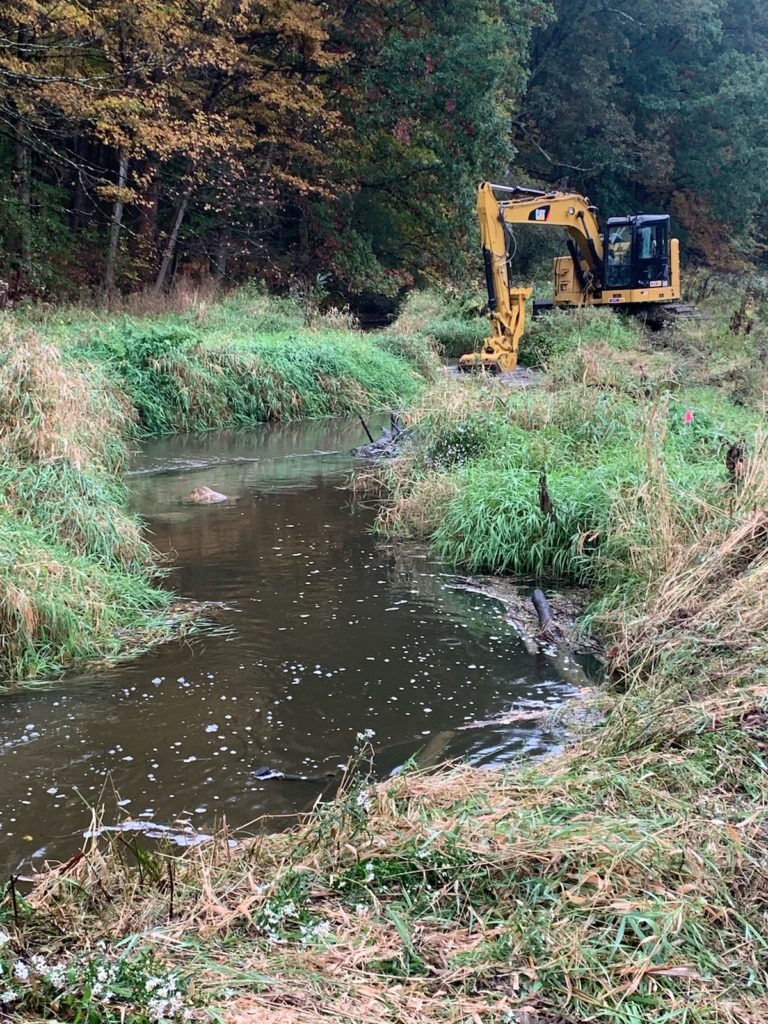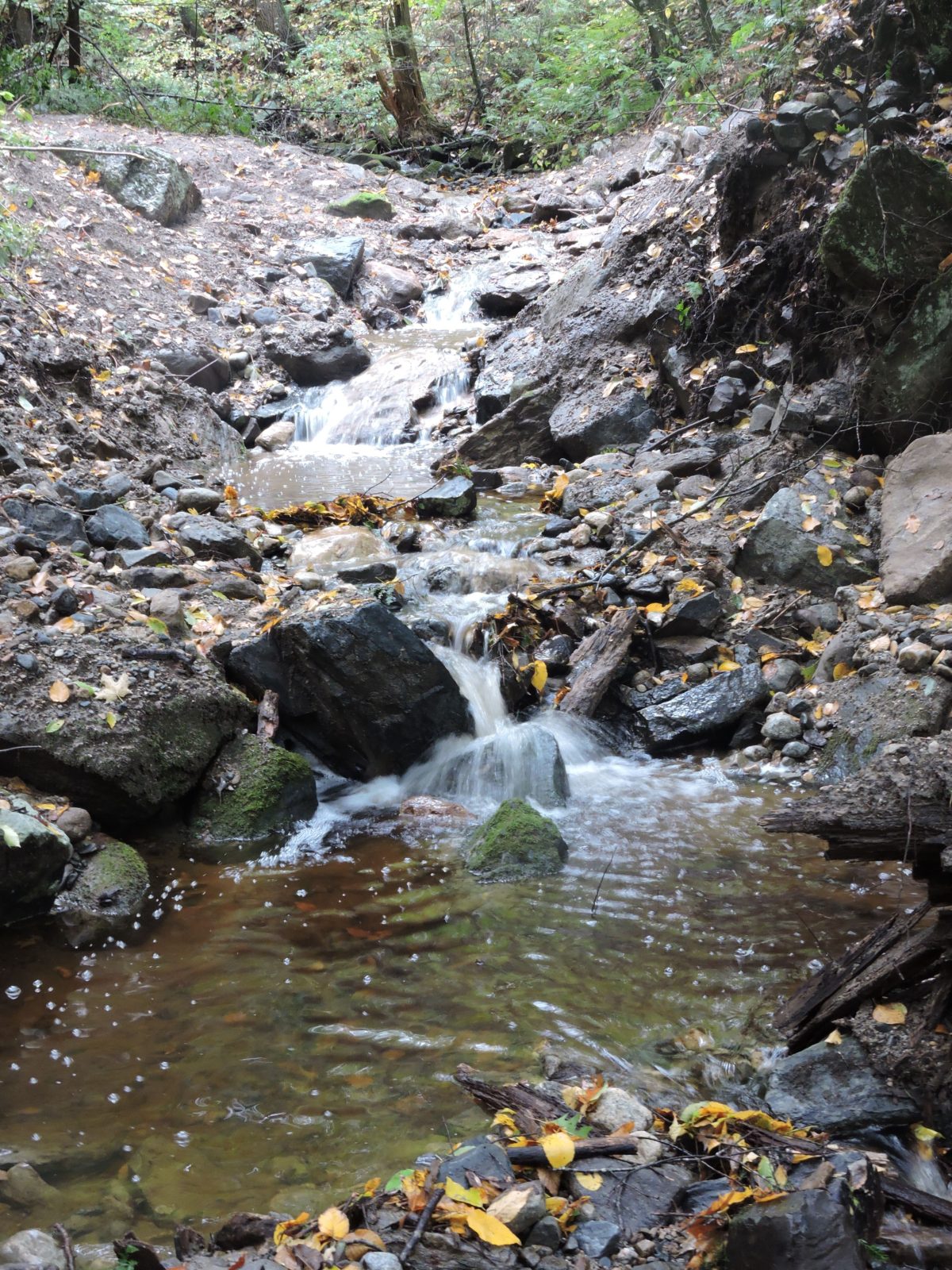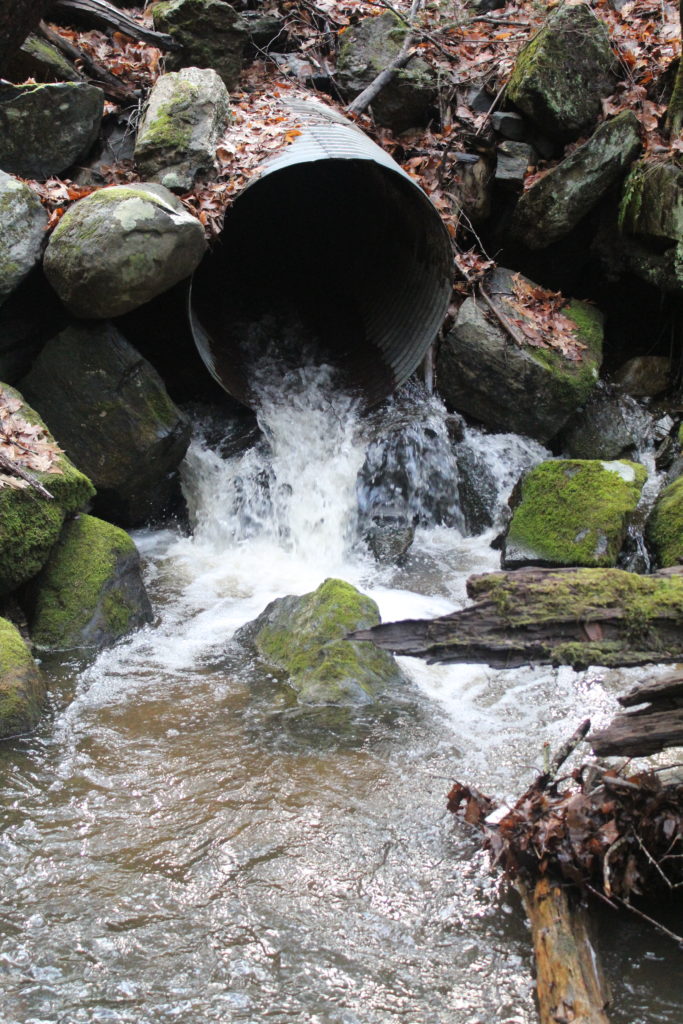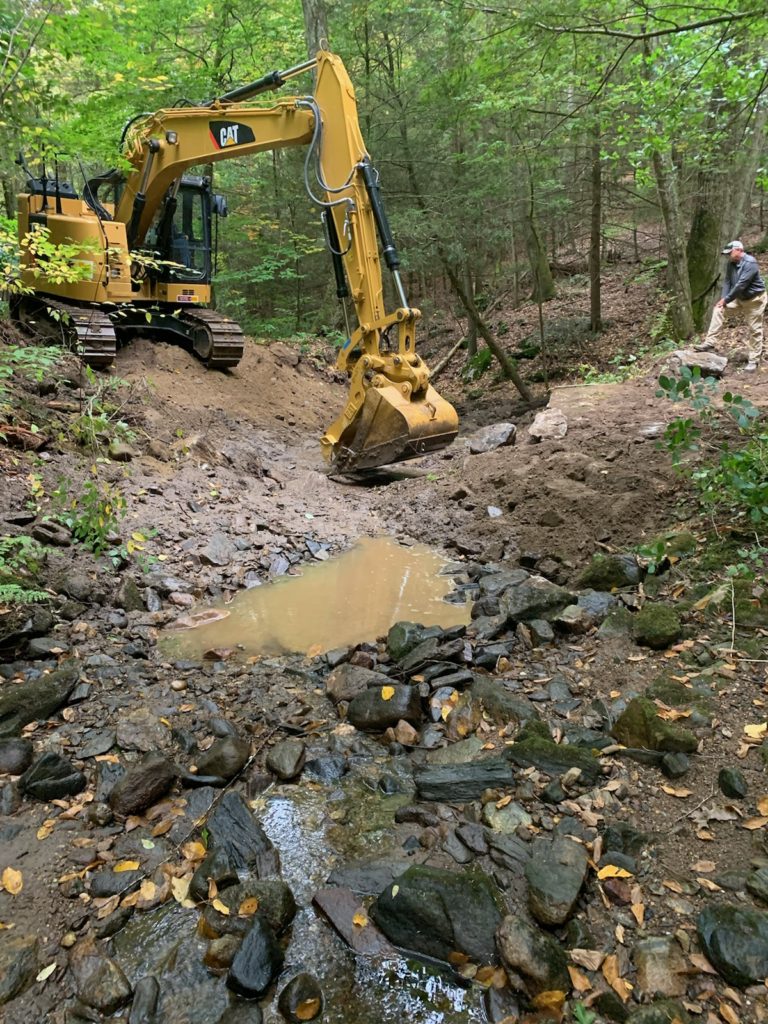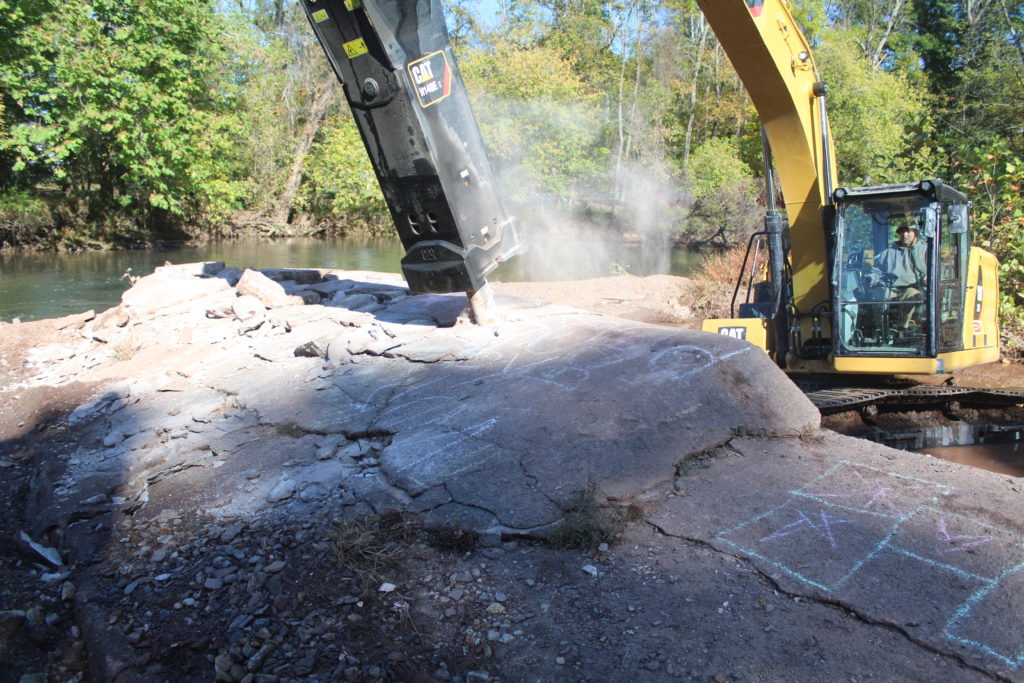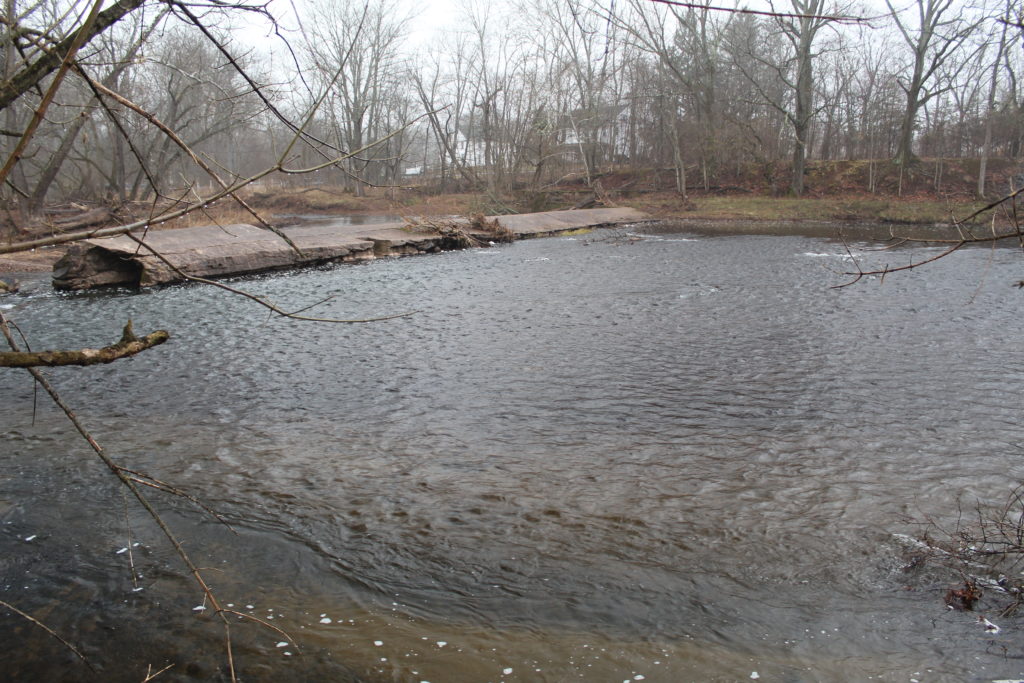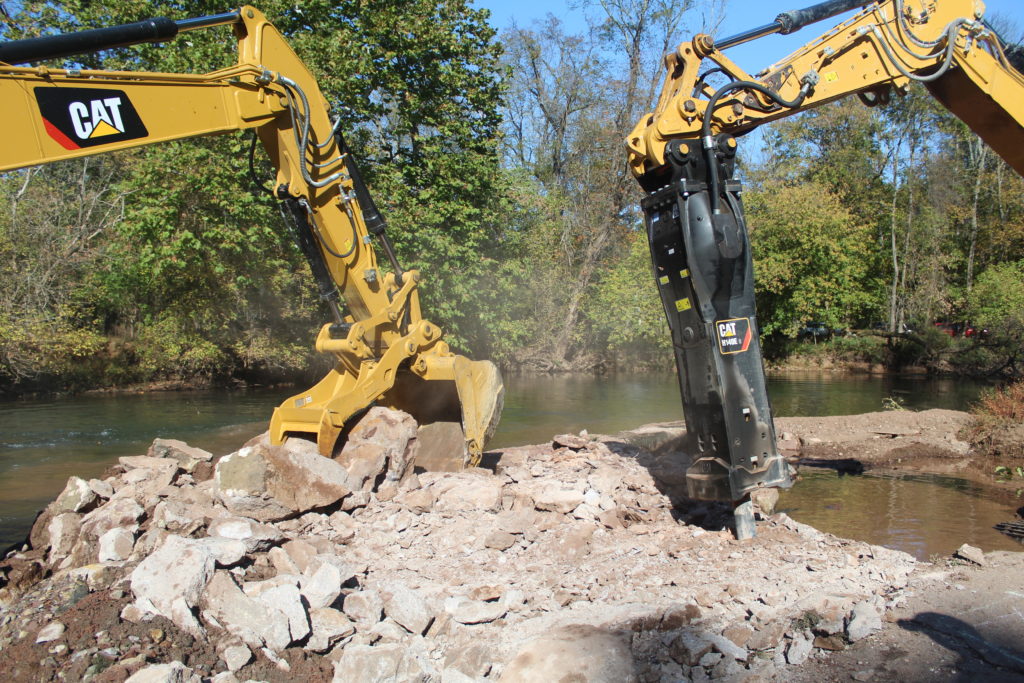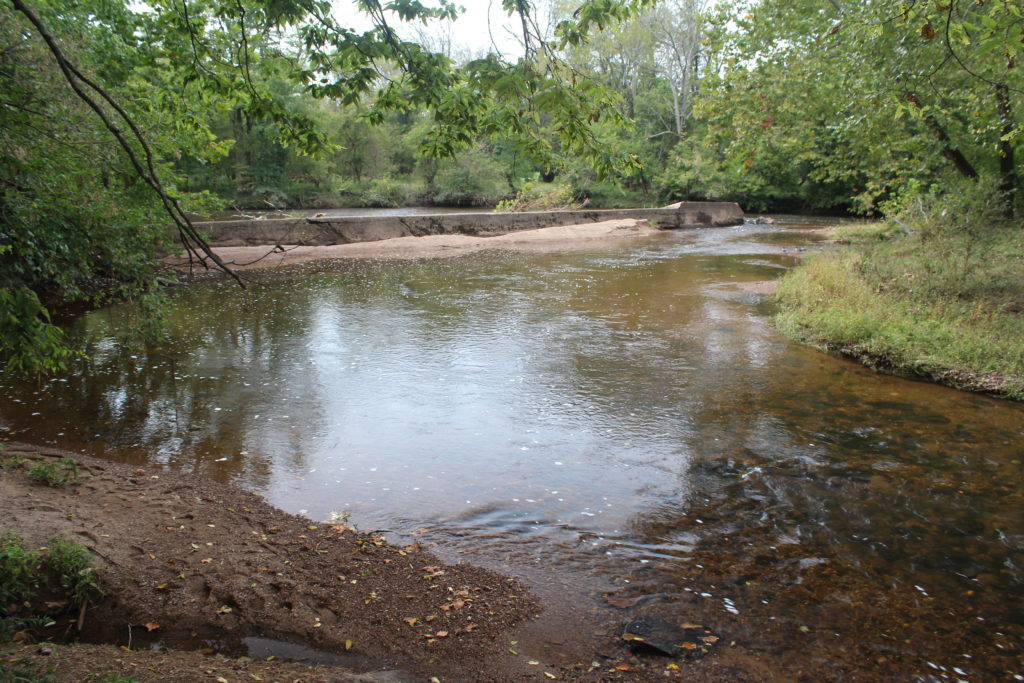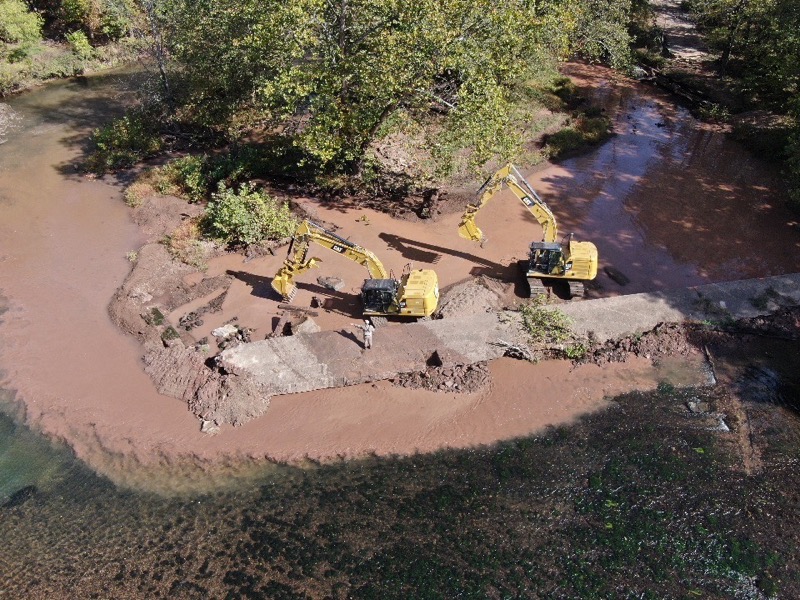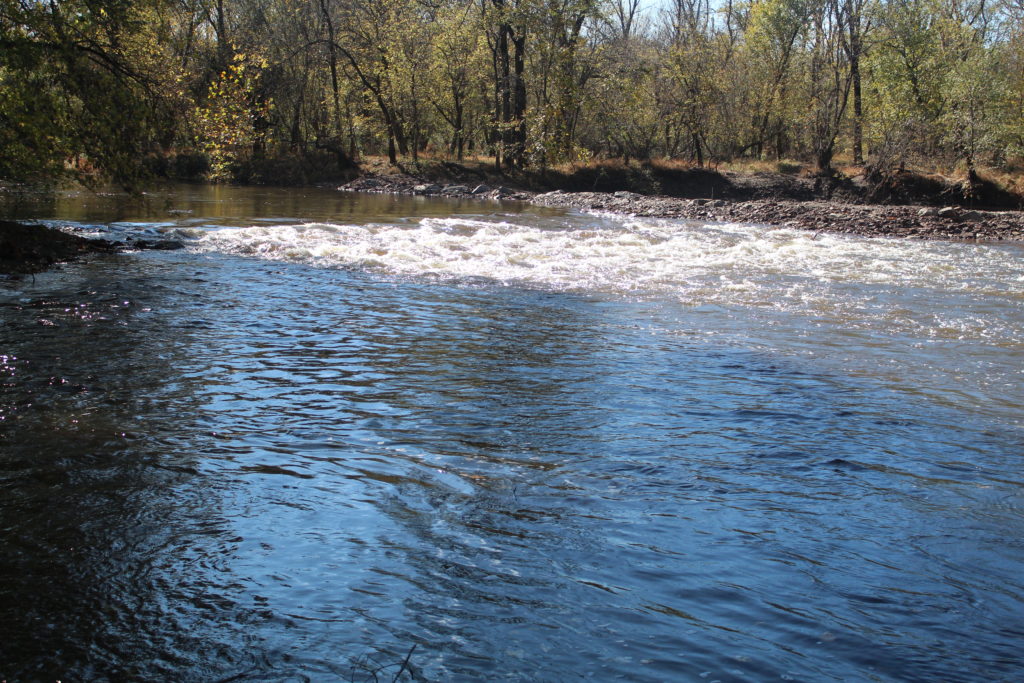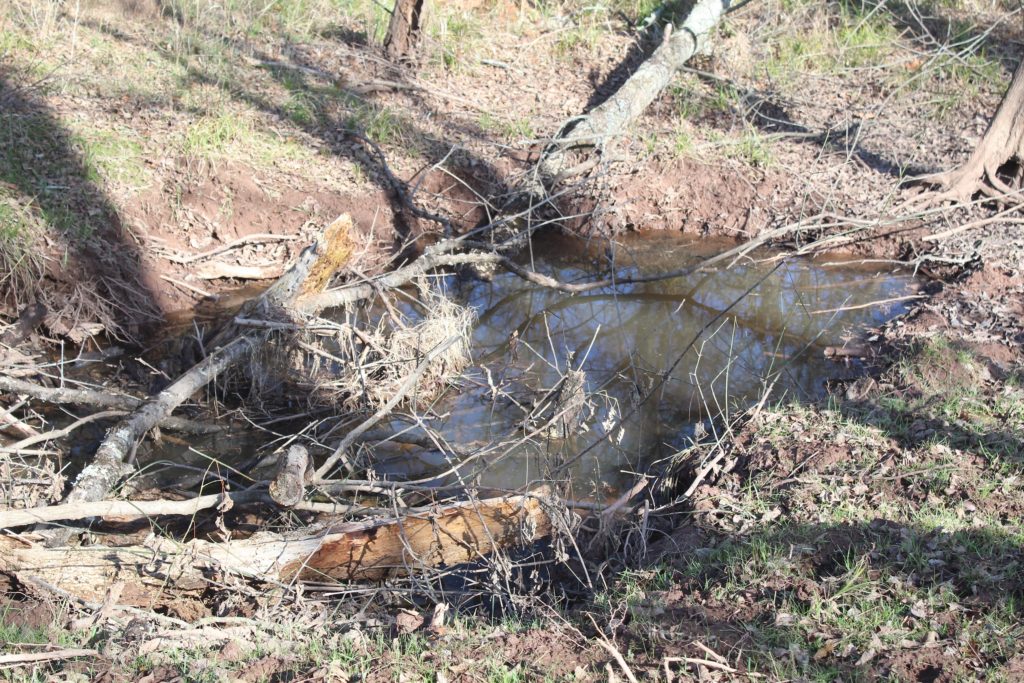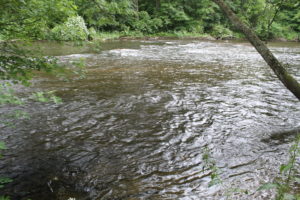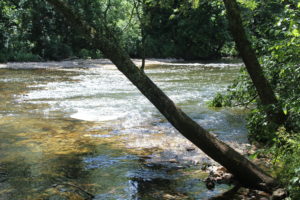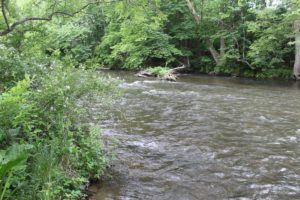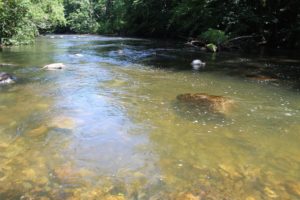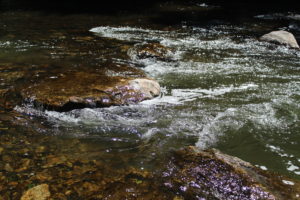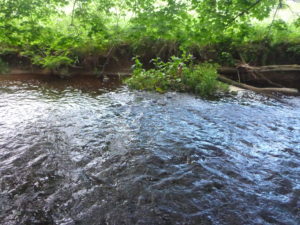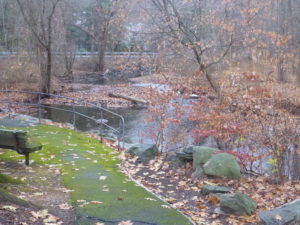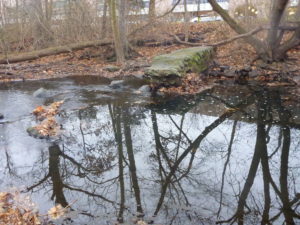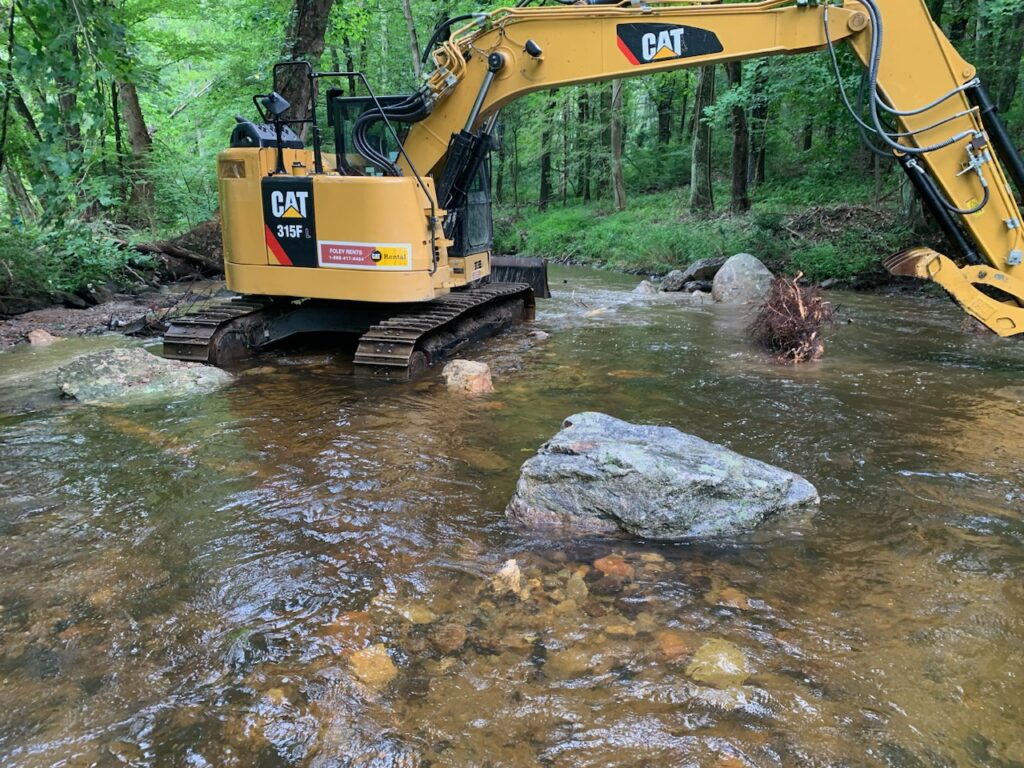
Our nearly 1/2 mile restoration of the Norwalk River in Wilton, CT is now complete. This is our second half mile project on this river, our first taking place in 2019 at the town’s Schenck’s Island Park section in downtown Wilton. Our clients for both projects as well as for the recent (July ’23) Comstock Brook small dam removal project for native brook trout passage is the Mianus chapter of Trout Unlimited. Comstock Brook is a tributary to the Norwalk River, and is also in Wilton.
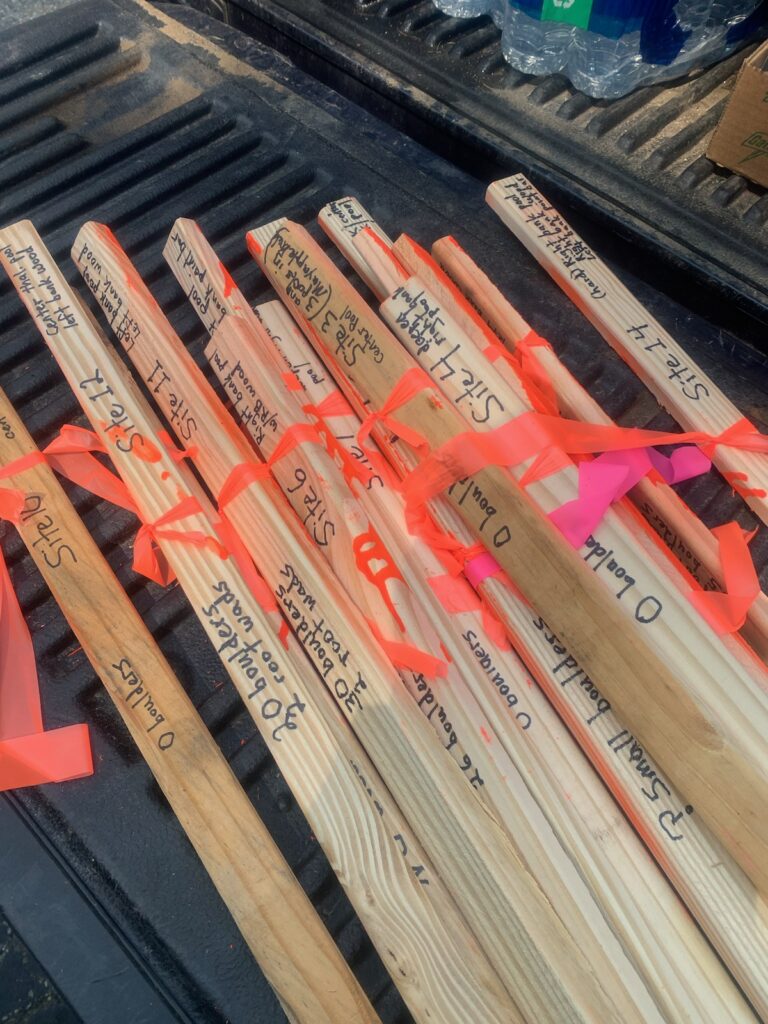
With the removal of a downstream dam (Dana dam) being done this summer, diadromous fish including sea lamprey can now reach their upstream spawning grounds. Our project focused on the wild brown trout habitat needs as well as spawning habitat for both trout and sea lamprey. The CT DEEP diadromous fisheries biologists have plans to release pre-spawn sea lamprey above the Dana dam site once the dam is out to help jump start the repopulation of the lampreys, and this habitat restoration will be key to that future successful reintroduction.

This project is located in the floodway, so permitting included Inland Wetlands, US Army Corps, and CT DEEP oversight and approvals before work could commence in August ’23. The above photo shows some of the spawning sites that will be used by both brown trout and sea lamprey which spawn at different times of the year. Mianus TU and staff will be monitoring this restoration for redds in season for both fish species anticipated to use this reach for spawning.
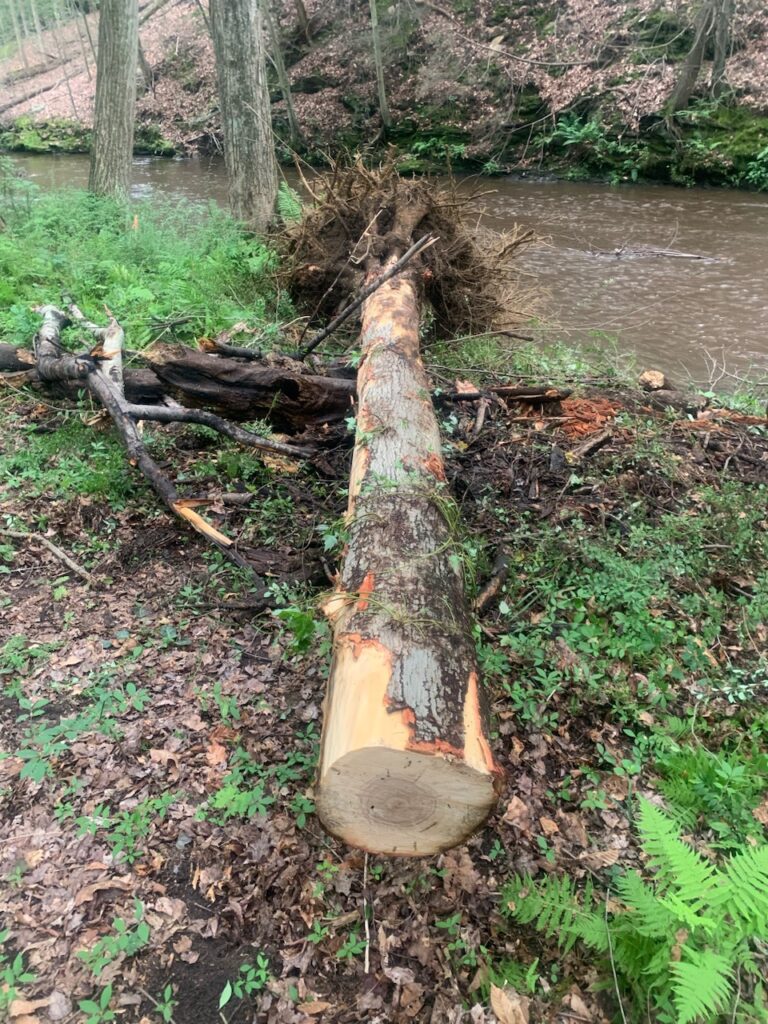
Large woody “debris” was added to multiple sites along the 16 Sites where our restoration efforts were focused. Wood adds excellent fish habitat and provides roughness in the channel, slowing flood waters and deflecting it from the banks. Above is one of the maple trees used for its root wad with the stem of the tree buried in the banks and the root wad protruding into the river as seen below.
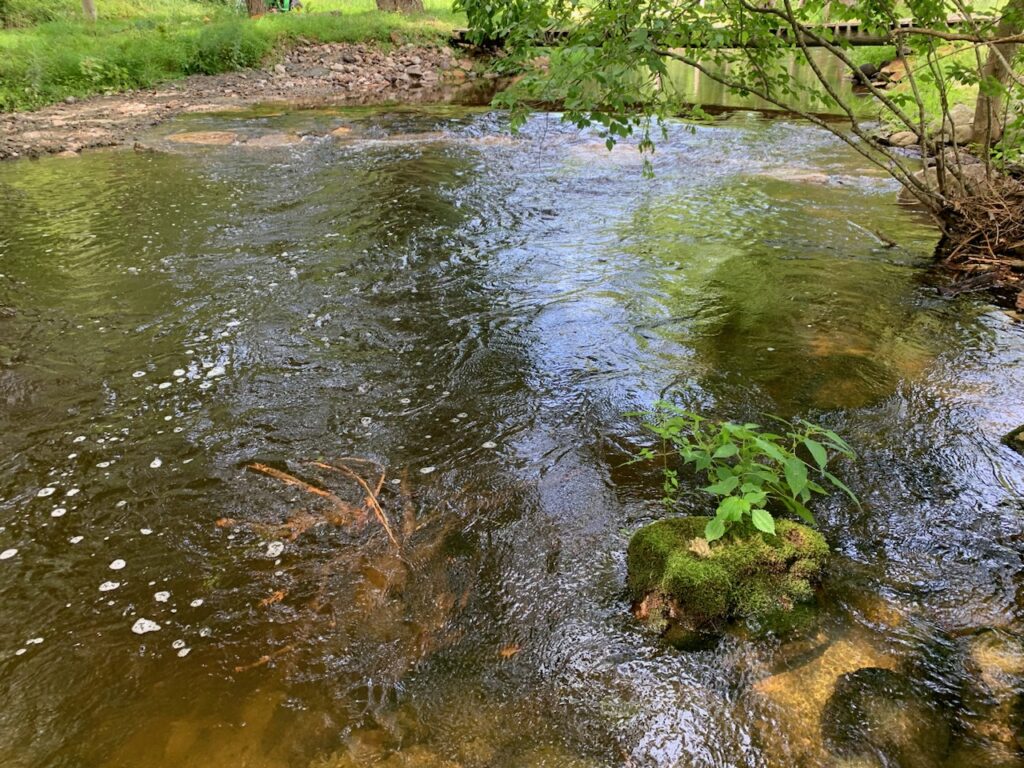
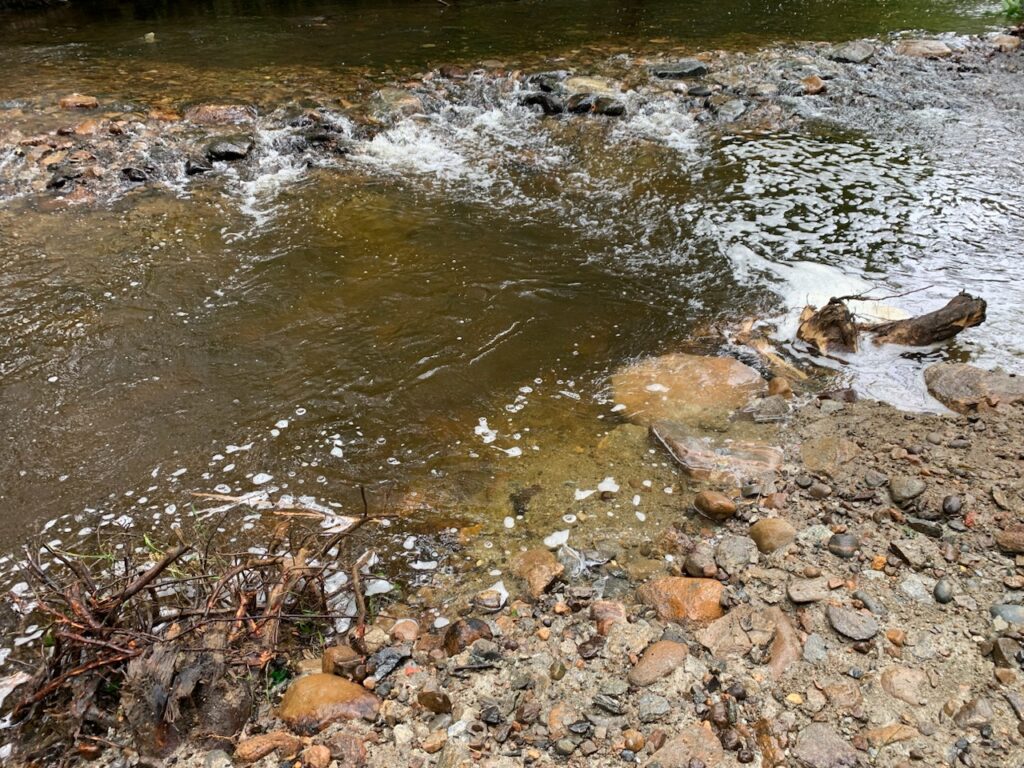
The project included creation and enhancement of adult and juvenile habitat, spawning habitat, increased macro invertebrate habitat in the form of riffle enhancement and creation, and wetlands fringe habitat where practical. Care was taken to diversify our multiple structures and include pocket water creation, deep pool enhancement, as well as the other habitat types previously mentioned above. Below, we also added three thermal pools in Mayapple Brook, a tributary that enters this river near the top of our project site to offer summer refuge from thermal temperature issues often facing Eastern trout rivers.
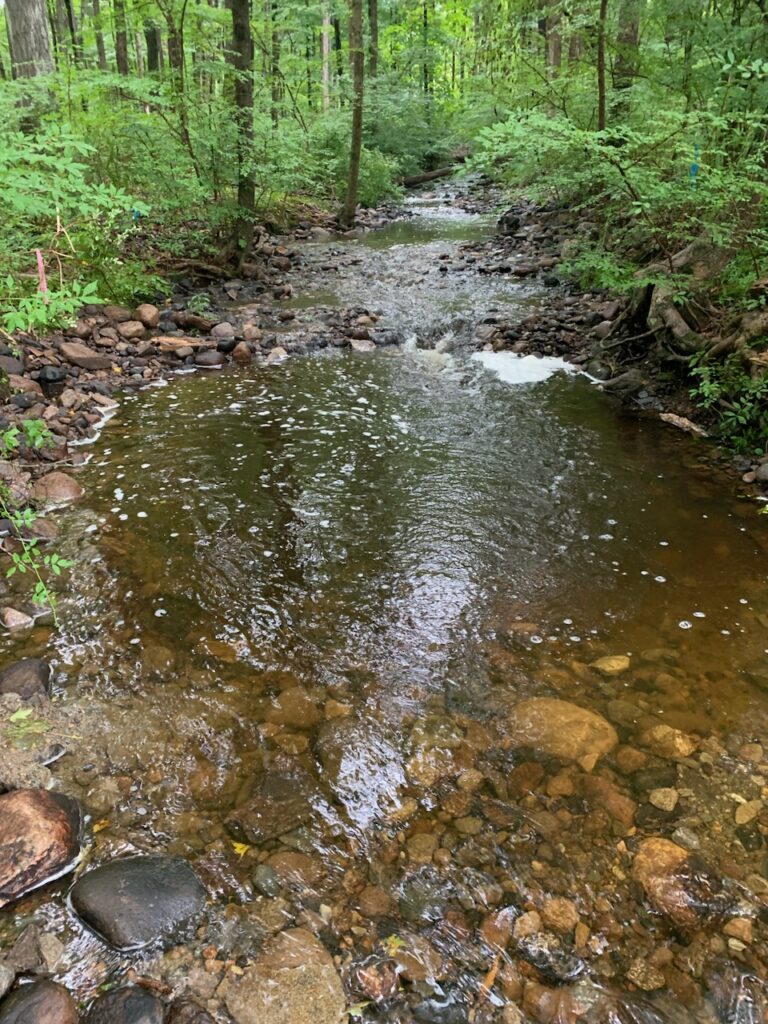
Some more photos of our work…..
